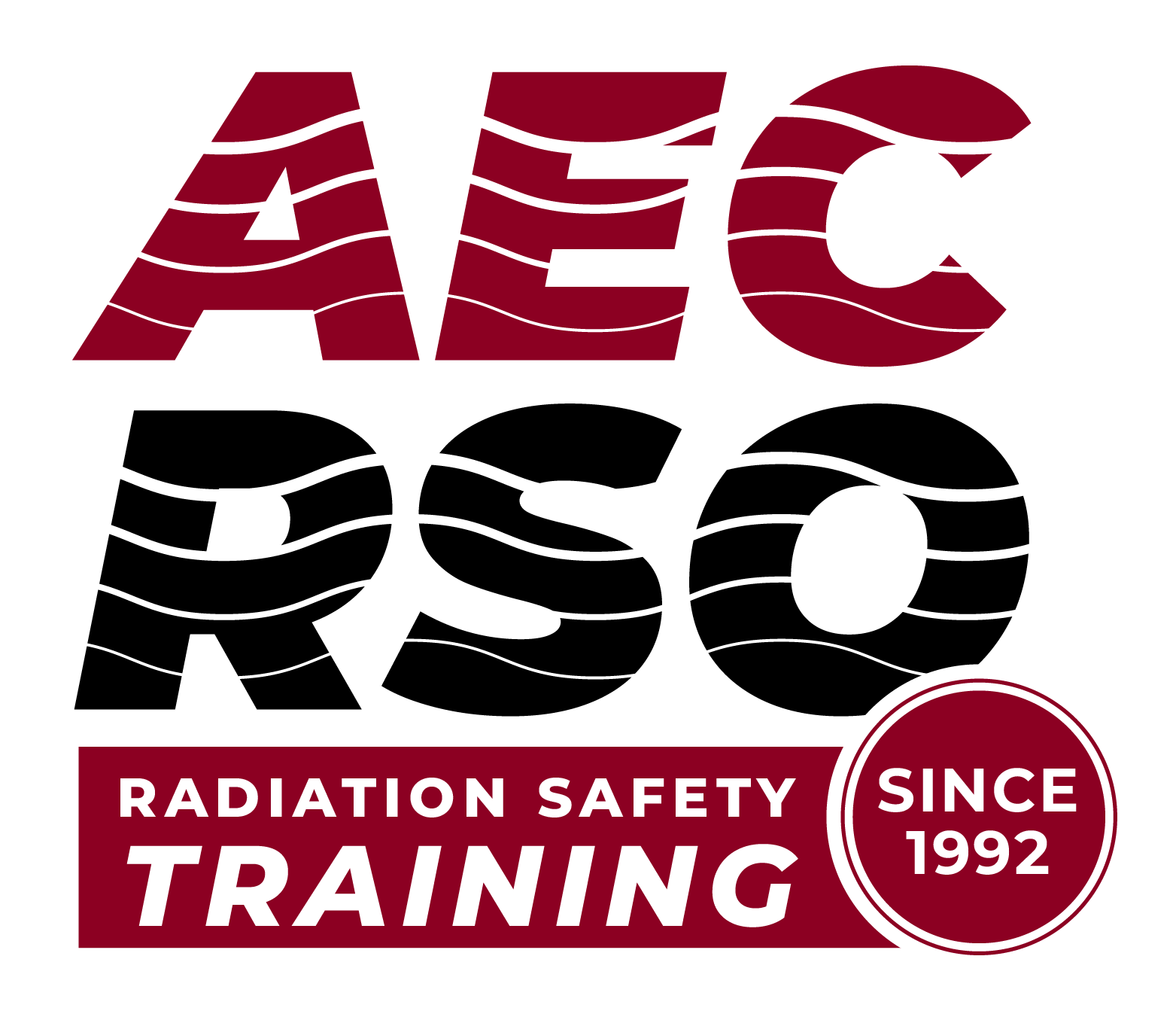TOPIC 3: Development of Nuclear Technology
Let’s continue with the History of Radiation Science by talking about the world’s developing nuclear technology.
—
From its first discovery only a few decades earlier, the development of nuclear technology followed a fast track. In 1938, an Italian Physicist named Enrico Fermi won the Noble Prize for discovering that neutrons can split or “fission” certain atoms. Fermi took his family to Stockholm to accept the prize and never looked back. He escaped from facist Italy under Benito Mussolini and came to the United States seeking asylum.
—
In 1942, working at the University of Chicago, Fermi and his team built a massive lead vault in the college’s squash courts. Using enriched uranium they developed the first atomic pile and produced the first nuclear chain reaction. Using rods of graphite, Fermi was able to control the reaction. The graphite had a characteristic of absorbing neutrons; thus, preventing the neutrons from interacting with other uranium atoms. These rods became known as “control rods” and are still the principle used today in nuclear reactors. Fermi could not maintain the reaction for very long as a result of the large amount of energy that was being released. This, in effect, became the first man-made controlled sustained nuclear reaction.
—
Simultaneously, large facilities were built across the country with the final location in Los Alamos, New Mexico to assemble the atomic bombs. This program was one of the best kept secrets of the war and was known as the Manhattan Project.
The first nuclear test detonation was called “Trinity”. This bomb test was conducted at a remote desert site. The nuclear detonation actually fused the desert sand to create an artificial crystalline mineral, which was called trinitite.
—
In 1945, two atomic bombs were dropped on Japan becoming instrumental in ending the war with Japan. These bombs were the result of the Manhattan project.
—
Nuclear technology was, however, soon harnessed for other purposes by controlling the fission reaction to produce energy. Admiral Rickover commissioned the first nuclear powered submarine, the USS Nautilus, in 1954. This achievement allowed submarines to stay submerged for longer periods of time; thus, providing a tactical advantage. The only restriction was the amount of food that they could carry to feed the submariners.
—
The activities that occurred since 1895 have culminated into the knowledge of radiation that we have today. Many of the discoveries and theories made then are still applicable today. When looking at the accomplishments of these scientists with their limited technologies, it is a wonder that the conclusions they reached still have such soaring impact on our society. Through all of these accomplishments, one thing that became apparent was that measures needed to be taken to improve radiation safety for those working with radioactive materials.
So, with the success of harnessing nuclear fission to develop the bomb and creating the energy to power submarines, regulatory control of this new industry emerged. The first regulatory agencies were created to regulate the production of electricity through nuclear reactors.
—
In 1946 Congress enacted the Atomic Energy Act to formally develop the energy on a massive scale and then regulate it. It created the Atomic Energy Commission (AEC) in 1954 to oversee the peaceful development of nuclear power on the national level. This Act created the concept of the “Agreement State.” States could enter into an agreement with the federal government to regulate certain types of radioactive materials for domestic purposes.
—
However, since the AEC was a regulator and promoter of the peaceful uses of radioactive materials, this was viewed by Congress as a conflict of interest. Thus, the AEC was split into the Nuclear Regulatory Commission (NRC) to regulate the use of radioactive materials and oversee the Agreement States and the Energy Research and Development Agency (ERDA) to research alternative energy sources. The ERDA was changed to the Department of Energy (DOE) shortly afterward to include all sources of energy, such as solar and wind, and not simply radioactive materials.
